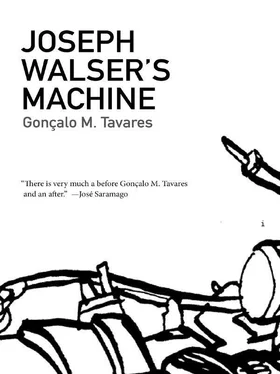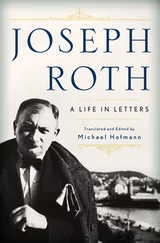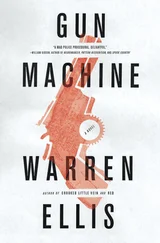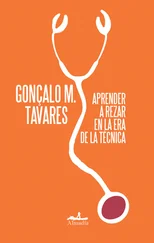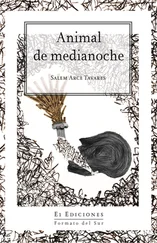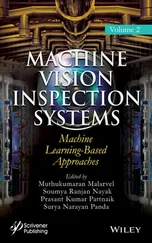Over the years he had developed an exceptional perceptive ability when it came to pieces of metal that could possibly have a place in his collection. His perception of reality and events gradually transformed into a dual perception: he watched events as they took place and eventually ended, and sometimes he even took part in these events as they happened — which constituted his lived experience — but behind this level of perception, which sought out the best means of survival, Walser had a second level of perception, or perhaps the same level of perception, but with a second set of objectives, which, instead of being focused on people and their interactions, or on the things that could interfere with these interactions, was focused on his search for small metal objects.
He was perfectly aware that his collection was, beyond being merely useless, absurd. He never talked about it. Even in his own house, as we’ve stated, he was the only one with a key to the study, where he organized his “finds.” It was clear that his wife, Margha, had seen some of these pieces of metal, but she was forbidden to enter the room, and Joseph had never spoken to her about it. The only references he ever made to it were by way of these simple, almost abstract, words: “my collection.”
Joseph Walser pulled out the chair and sat down. He rested his left hand on the desk. Everybody already knew what had happened during the accident.
For the first time since the day before, he paid exclusive attention to his right hand: he started to raise his arm, a movement that seemed obscene to him at first. But he didn’t stop.
He slowly laid his right hand on the desk next to his left hand. He looked directly at his hand, which was still closed into a fist, and then opened his hand, spreading apart his fingers. He focused all his attention on his right hand. There were only four fingers resting on the desktop. They had amputated his index finger.
“You should go visit him. They had to amputate one of his fingers.”
Fluzst was still uneasy, but his wife insisted on telling him about what had happened at the factory: Walser’s accident.
“His hand slipped, no one really knows how it happened. His sleeve got caught on one of the levers of the machine. He’s already back from the hospital, he’s back at home; you should go visit him tonight. You’re his friend.”
Fluzst was smoking a cigarette. He was trying to calm himself down.
“Joseph Walser is a coward,” he said. “He won’t miss that finger at all.”
He had opened the anatomy textbook to the chapter entitled “Hand.”
There was one drawing after another of hands in different positions, each one with five fingers.
Joseph Walser looked at the names for the first time. Names of things that had belonged to him for quite some time. The “ opponens pollicis (thumb muscle),” the “ flexor retinaculum of the hand,” the “adductor,” the “abductor.”
The skeleton of the hand made a real impression on him. In the wrist area, eight little bones were stacked on top of each other: “carpal bones,” he read. Then, between the wrist and the fingers, the five metacarpal bones, one for each finger. Each of the fingers, in turn, was made of three consecutive bones, “like train cars,” he muttered; their names were almost infantile: “proximal phalanges, intermediate phalanges, distal phalanges.” The thumb was an exception in this case: it only had two phalanges, instead of the three phalanges the other fingers had.
It was simple: the amputation of his index finger, in concrete and objective terms, had removed three phalanges from his body. Of the fourteen phalanges that he used to have on his right hand, now only eleven remained. On his left hand he still had the fourteen phalanges he was born with.
He looked at the drawings of the muscles of the hand. The two essential movements of the fingers: flexion and extension. Each finger had a flexor muscle that was attached to the distal phalange. He would never again be able to flex or extend the index finger on his right hand.
Muscles and bones were the two essential substances that Walser had lost in the accident. All the other substances were basically supports for these two, which were responsible for two movements, flexion and extension. With the anatomy textbook open, Joseph Walser once again set his hands on the desk and opened them wide. He looked at the drawings: ten fingers. He looked at his hands: nine fingers.
He suddenly became terrified, as if he were looking at the hands of a monster.
With his left hand, Walser took the metal object that he’d brought home from the hospital out of his pocket and placed it on the desktop. With some of the fingers of his right hand he opened his notebook and began to turn the pages until he reached the one he was looking for.
His right hand was perfectly functional. His eyes still seemed astonished by the empty space where his index finger had been, but his hand, apparently, continued to behave like a group that had decided, internally, to continue to carry out its mission regardless. Immediately after the first few movements of his hand, it seemed clear to Walser that his index finger hasn’t been indispensable. Without thinking about it for a single second, so that he didn’t start to feel apprehensive about it, he grabbed a ruler with his right hand, placing it alongside the piece of metal he held with his left. All these things were resting on top of the desk: the piece of metal, his left hand, his right hand, and the ruler. He looked down at these four objects as though they were four elements, four elements that were completely separated from one another, yet belonged to the same family: the family of “things.” What other words could be used to describe them? Visible things, four visible things?
Ever since he first saw the absurd empty space where his index finger used to be, he realized that his fingers were just things, like any other thing; his whole hand was a thing, like anything else, a thing that could be separated from him, exactly like the ruler and the piece of metal.
With the three fingers of his right hand supported by his thumb, Walser slid the ruler up against the piece of metal and measured its length: 3.6 inches. He’d guessed right once again. It was a piece that could be part of his collection: the longest of its dimensions was still under four inches.
Yes, it was impressive to see how well Walser’s eyes had been trained when it came to such minute measurements. He rarely picked up an object that surpassed the required maximum and would thus have to be excluded from his collection. It was as though his eyes had, over the years, acquired a new feature, a feature stolen from this most practical and functional tool: the ruler. As such, it wasn’t long before Walser had progressed to the point where he began ascribing certain affective qualities to concrete measurements. Emotionally — and this was all to do with emotions, sometimes even feelings of fright, dread, anxiety — emotionally, for Walser, the experience of seeing, in space, wherever that space happened to be, a piece of metal longer than four inches was completely different from the experience of seeing one that was shorter than four inches. His constant use of the ruler, which from the very first had been an affective tool for him (Walser had abandoned the idea that the ruler functioned in the service of scientific objectivity early on), eventually transformed his very nature, this “metrical affectivity” being transferred from the ruler to Walser’s own perceptive capacity. Thus, it might be said that the very dimensions of a given piece of metal were capable of directly influencing Walser’s feelings of excitement or disappointment.
Читать дальше
